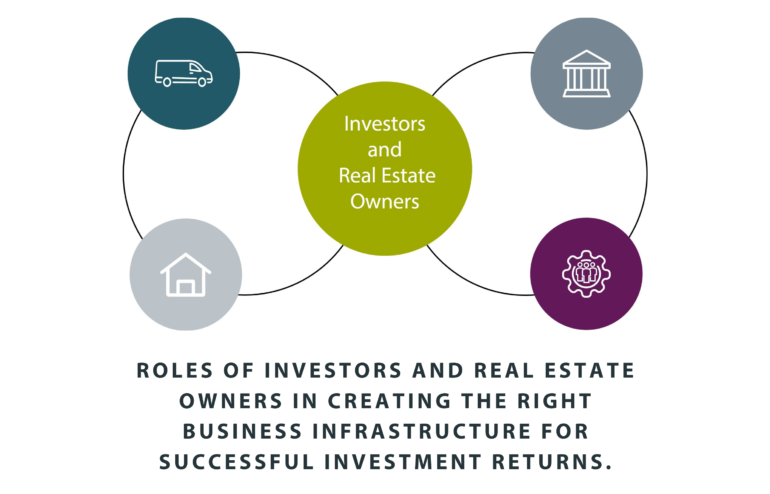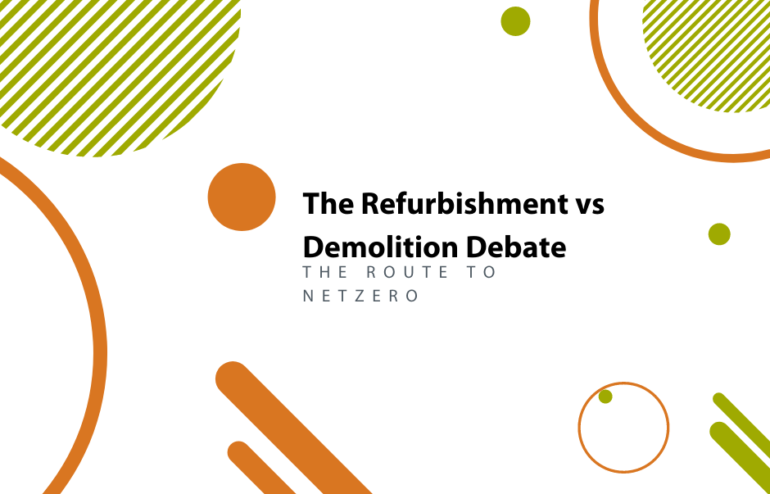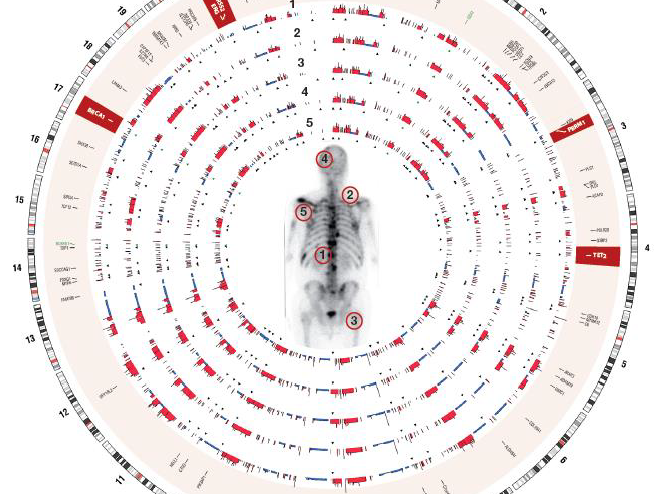As interest in the life science sector grows and becomes better understood by all of its importance on a global scale, read the view of our science expert Rob around how digital science could be the future and how developers can respond to it.
Rob Burborough: Welcome to the first session of 3 Questions for 3PM. This is an initiative we’re running with external and internal guests. Our first guest is Martino Picardo. Martino, would you introduce yourself please?
Martino Picardo: Hi Rob, hello everyone, my name is Martino Picardo, I’m chairman of Discovery Park, which is the science park based in Sandwich, Kent. Prior to that, I was the first CEO at the Stevenage Bioscience Catalyst, the campus at Stevenage GSK pharmaceutical site, and prior to that, I was University of Manchester Incubator Company Managing Director.
Rob Burborough: Fantastic. I’m a Partner at 3PM and I’ve put myself in front of Martino so he can grill me over 3 questions that he would like to ask me, and I will give my view. Martino, your first question please?
Martino Picardo: Rob, hopefully I’ve got some tough, interesting and challenging questions for you. My first one is: as a developer, how should I position my buildings to maximise their marketing appeal?
Rob Burborough: The way I would suggest that developers position themselves in the best way for answering this tricky question is by understanding the science behind the companies that you’re trying to attract. Really understand what makes their business tick, understand how their business model works, look at the ecosystem in which their company will operate, i.e. don’t just look at their company in isolation, look at other connections that the company may well need to have and who will they need in their proximity? It’s all about building a viable model that is sustainable and allows the company to grow, and allows the company to move into different territories, whilst at the same time providing a space that is flexible to retain the organisation and adapt with them as they grow. To answer this it doesn’t have to be about the big challenges around financial investment headroom resulting in them having to move out of their ecosystem for more suitable space in the future but retain them and provide the solution within the current eco-system.
In a lot of cases, the majority of staff of these companies come out of higher education institutions, they are the kind of companies that developers need to attract initially, yet they don’t have any financial covenant or track record. They do have investors behind them, but they are usually pre revenue generating businesses. So it takes a leap of faith by developers, investors and the company, and the way you assess your viability around a normal risk modelling approach. If you’re a developer will be better placed to understand where the risks are, what the perception is over the risk, and how would you attract those tenants if you understand the science, their businesses and their growth potential and that they can actually support the growth of this company in this way.
So, another way to look at this is to think about how these companies are formed and want to grow, you need to understand their vision and allow them to space and time to grow. But you also need to be thinking about how, as a developer the wraparound services can be provided, for example, where they are going to get their talent from, where the skills are going to come from in that company. It’s all about building a stable company that will obviously will be able to pay their rents, and actually will provide the revenue back to the developers to make them a long term and viable tenant
The types of science vary hugely, so developers need to understand what their CAT A base offer will be as well. A base offer in a commercial real estate context can be quite different from a base offer required for an incubator science model. Developers need to understand where there price point is, what the market will support and what services they will be able to provide. It is vital that the wraparound operational strategy is the how developers can support a company in delivering what the company wants to achieve. That would be my advice, really understand the detail of the company, is paramount.
Martino Picardo: And Rob, just follow up to that, a lot of customers, like we are with 3PM, we all want flexibility. But I don’t think we understand that flexibility comes at a price. Is that your take?
Rob Burborough: It is, flexibility does come at a price, but it doesn’t come at a “have it or leave it” price point. It’s a case of understanding, do you really need the level of services that you’re asking for? Why do you do that?, and testing the logic behind it, can you buy it more efficiently somewhere else? The key thing for developers and also for tenants that are going to take up science space is knowing they can get it if they need it, but not necessarily needing it on day one or every day. It’s that adaptability, flexibility to flex the needs of the offer with the cost of providing the service
Developers should also be looking to build a level of reversionary value into their estate, so that when these companies grow up and need to grow out, they can repurpose the space again and again quickly. In my view it actually doesn’t cost a huge amount of money to do this with good design, and it all supports the viability of the overall developer’s commercial proposition. There’s been significant increases in science investment of late in this market and it’s becoming much more attractive and much more stable for investment to come into this space. There’s a lot of support from government at the moment, so it doesn’t cost more to provide more services, it just means that you tailor them better and adapt.
Martino Picardo: Thank you for that Rob. My second question, and I’ve got a supplementary to it as well because things are changing so quickly, is what makes science and technology projects so specialised, and, from your perspective, supplementary to that, what impact is digital having on the design and scope of space?
Rob Burborough: There is a perception that science is complex and specialised. Depending on what branch of science you’re working in, some elements are extremely complex. GMP, regulatory control, that is complex, it’s the latter stages of a science journey, but even at the beginning, I think the complexities around science are around the technical considerations and servicing that is needed to provide the environment for the science to be delivered.
I’m a strong believer that it’s a more perceived risk, rather than a real risk, because the systems and technology that provide the environmental control for a given type of science are pretty much the same as anywhere else in any building. It’s just that the controls, the monitoring, and the use of space is different. And, that comes with experience, and learning how scientists do their work, what their day job looks like, what kind of interaction they need?, why they need certain things to be absolutely perfect in certain areas and where they can be more flexible in other areas.
Obviously, this space can be more expensive than a normal commercial office. Things that are going to change, especially with the current situation that we’re all in, is the use of digital. Now, digital science solutions are being deployed in all branches of science so will the offer need to as well, Its going to change by allowing scientists to model traditional lab based activities in simulations away from the lab environment.
We’re seeing a shift with less animal work being undertaken, because it’s being increasingly simulated, although some companies do need that technology still, and that ability, but a lot of companies now can simulate models, they can test the efficacy of experiments, they can look at the GMP, the regulatory control they might need, they can work through that simulation in a digital context. The use of data sequencing and genomics are all adding to the digital platform that people use to test what they would normally do in a lab, they can actually do it in a virtual world, quicker, faster, cheaper,, there will be new technology coming in like AI, Machine learning and quantum computing, which will mean they will be able to process multiple things at the same time, so digital is going to have a big influence on the real estate offer and people are going to look closely at the digital aspects of the science coming forward.
Martino Picardo: Thank you Rob. My last question, and you know that my background is in life sciences and biomedical, but you see science across all sectors. What does science and the space associated with science look like across all sectors? Can you give me a perspective please?
Rob Burborough: Science across all sectors, there are commonalities across all different branches of science. We have the fortunate position as Project Managers to see the whole lifecycle of a project, and in that, we also get to see the different types of science that are carried out.
It becomes much more refined when you get into commercial manufacturing, and there are several branches around different types of manufacturing that go on in the UK and around the world, but at the incubator stage, and in the higher education and academia stage, the labs are all very similar, the landscape is very similar. Incubators are all very similar. The science that is undertaken within them is very different, but also, it’s an ecosystem in its own right that actually, a lot of skillsets are very similar between sciences as well. The big challenge is where are the skills coming from to feed this growth, because I see that, and i see people working in one particular organisation that move to another organisation that do something very differently in science, but the environment that they’re working in is virtually identical.
We’re also seeing a lot more STEM focus in education, in schools, going through higher education into industry. That whole journey is very familiar across a number of scientific platforms. A lot of that I’ve seen in Boston, is where organisations (big Pharma predominately) used to attract talent out of their ecosystems, in whatever science they were doing, and then they’d have to be forced to specialise in specific areas of science. certain areas.
Now, there are clearly people that still branch off and become specialists, and become world leaders and subject matter experts. But for general science, for incubator science, to some degree and the AT&P work’s going on, cell and gene therapy, this is a new branch of science, but actually, the skillset is very similar across organisations and the labs are very similar. What’s we see happening is you’ve got a more refined scientific topography. Wet labs, dry labs, they’re all very similar now, so it enables people to change career direction and specialism as well. And also, allows organisations to actually use similar technology to deliver what they need.
I don’t see massive differences in the types of labs. There are differences around the particular nuances, but for example, we all talk about the same specialist equipment, everybody uses similar or similar types of the equipment, and you see that across different scientific platforms.
Everybody now seems to be using sequencing machines, genomics, and DNA analysis for targeted precision medicine in their process development labs, because of that they’re now building enhanced expertise in bioinformatics which is woven into their process. A lot of people are looking at translational science and a lot more focus on the commerciality of science as well. The labs are geared towards moving the process through as quickly as possible, and reducing the vein to vein, bench to bed time by actually thinking about how do we commercialise this product and make it viable and make it cost effective, and that is driving a much more efficient way of using technology, specialist science equipment, and not paying for huge amounts for real estate as well, because actually you can do quite a lot in a smaller space now.
Martino Picardo: Thank you Rob, as a current customer I found that really informative, and I hope you found it challenging and interesting, and we look forward to more success for 3PM in the future.
Rob Burborough: Thank you very much Martino, and I do like being grilled by somebody who can really grill me as well! I really appreciate the questions and the time you’ve given us, thank you very much.
Martino Picardo: You’re very welcome.
To continue the conversation please get in touch.



















